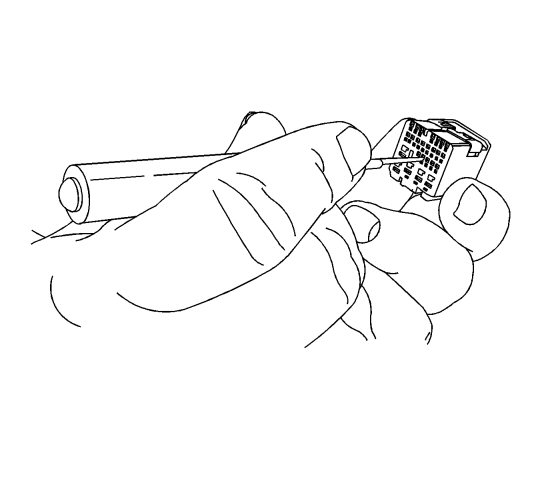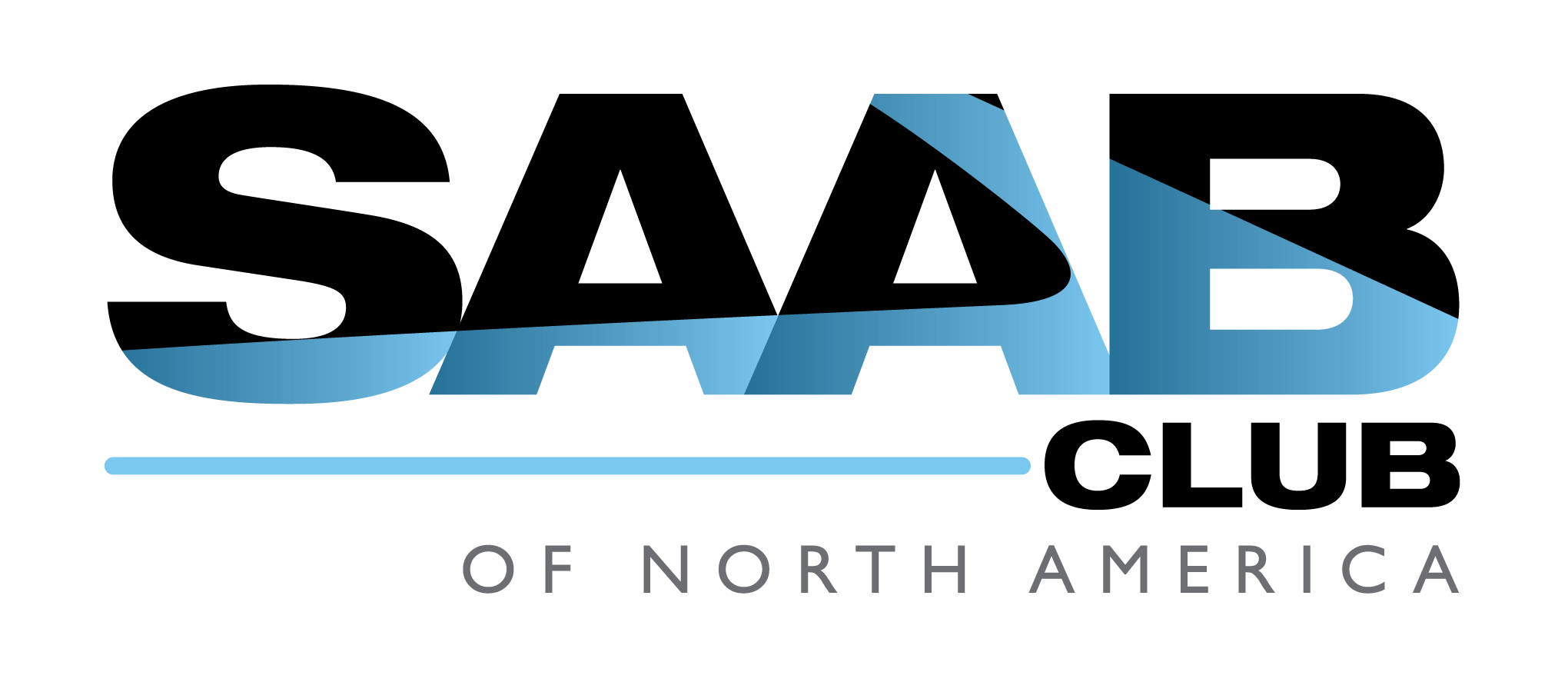Terminal Removal
| Terminal Removal |
Special Tools
| • |
EL-38125-580
Terminal Release Tool Kit
|
|
| • |
EL-35616
Terminal Test Probe Kit
|
|
For equivalent regional tools, refer to Special Tools .
| Note | ||
|
All repairs near the engine manifold, turbo engine and all exhaust pipes should follow the High Temperature Wiring Repair procedures. |
| 1. |
Find the correct connector end view in the section with end views. The end view contains the following information:
|
|
| • |
Diagnostic probe tool
|
| • |
Terminal release tool
|
| • |
Terminal/terminated lead part numbers
|
| 2. |
Determine if a terminal is damaged. |
|||||||
| • |
Locate the diagnostic tool in the contact's end view. The contact end view describes the color and part number to help the technician find and use the correct tool.
|
| • |
Connect the probe tool to the Digital Multimeter.
|
| • |
Insert the probe tool into the cavity and follow the procedures from the
Troubleshooting with a Digital Multimeter
.
|
| 3. |
Disconnect the connector body to perform the repair.
|
|
| 4. |
Use the following procedure to remove the terminal from the connector body.
|
|||||||
| • |
The terminal position assurance (TPA) and connector position assurance (CPA) should be removed before releasing the terminal for the connector body.
|
| • |
Look at the connector end view to locate the cavity of the damaged terminal and find the proper terminal release tool from the terminal release tool kit.
|
| • |
Insert the terminal release tool into the cavity. |
|||||||||||||
| 5. |
Gently pull the wire out of the back of the connector.

|
|
| 6. |
Repair the terminal by following the
Repairing Connector Terminals (Terminated Lead Repair)
Repairing Connector Terminals (Terminal Repair)
procedure.
|
|
| 7. |
Insert the repaired terminal back into the cavity. Repeat the diagnostic procedure to verify the repair and reconnect the connector bodies.
|
|


